On the evening of November 29, at the 17th session of the UNESCO Intergovernmental Committee for the Safeguarding of the Intangible Cultural Heritage held in Rabat, Morocco, the "Traditional tea processing techniques and associated social practices in China" nominated by China were inscribed on the Representative List of the Intangible Cultural Heritage of Humanity.
"Traditional tea processing techniques and associated social practices in China" covers the knowledge, skills, and practices of tea plantation management, tea leaf picking, manual processing, drinking, and sharing. Since ancient times, Chinese people have been growing, picking, making, and drinking tea. Using the art of tea making, tea makers have developed six major tea types, namely green, yellow, dark, white, oolong, black teas, and reprocessed tea such as flower-scented teas, and more than 2,000 kinds of tea products to meet the various needs of the people with different colors, aromas, tastes and shapes.
1 - The Origin of Chinese Traditional Tea
Shennong used tea as an antidote for hundreds of poisons. Shu gave homegrown tea to the emperor of the Zhou Dynasty as a tribute. Since Lu Yu, the Saint of Tea, composed the "The Classic of Tea (茶经)", the status of tea has gone to a higher level. Until today, the reverence for the tea ceremony has long become a culture with quite a transcendent meaning.
What is tea? Today, the meaning of tea is so broad that any roasted plant with hot water seems to be called tea. Fruits, flowers, and even vegetables can be tea. A sip of tea can have a sweet and aromatic taste.
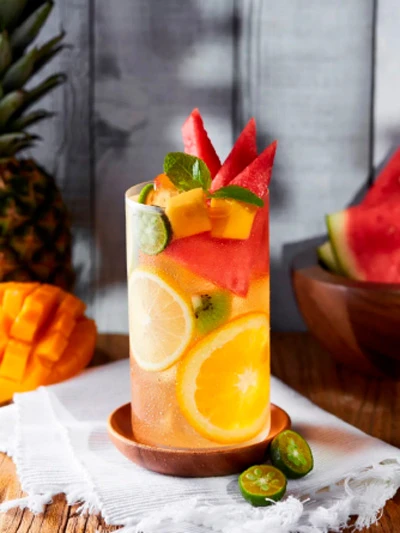
However, in the “Book of Chinese Characters (说文解字)”, tea is called: "苦荼也 (Ku Tu Ye)". "苦" means the bitter taste and the original meaning of "荼" is a bitter vegetable, using it to define tea, an extra “bitter” added before it showing how bitter it is. A long time ago, when tea is still a wild vegetable and certainly not popular at all. But when people found that there are other usages of tea in addition to filling the stomach, this bitter taste started a different story.
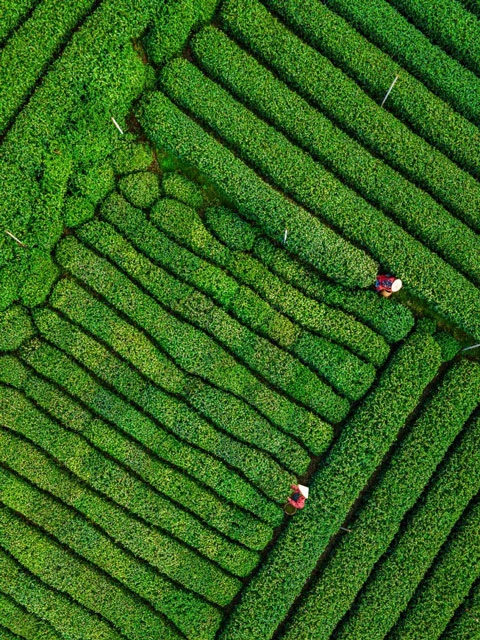
Hangzhou Longjing Tea Field
The "The Classic of Tea" says: "茶之为饮,发乎神农氏。" This sentence means that Shennong was the first to discover that tea can be used as a drink. According to the legend, while tasting a variety of herbs, Shennong was accidentally poisoned. Fortunately, a few tea leaves falling into the iron pot of boiling water successfully detoxified the poison. Later, Shennong picked a lot of these green leaves back and found that they can be used as an antidote for poisons. So, he instructed descendants to plant some more of this plant and named it "Cha (茶, tea)".
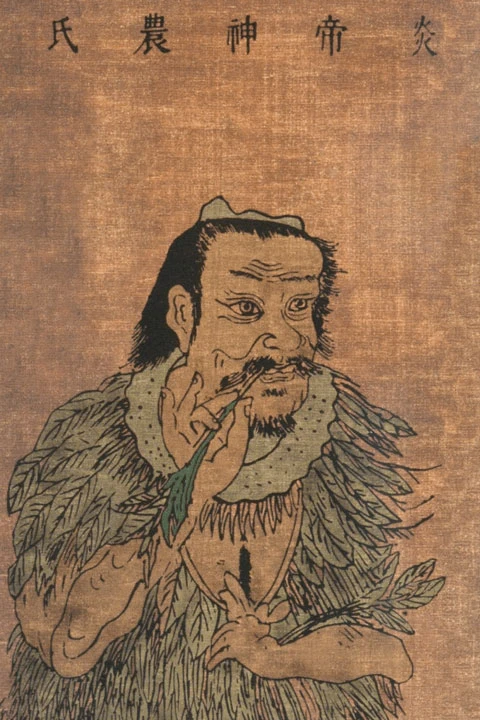
Shennong
In the opinion of the ancients, these tiny leaves plucked from the trees have a wonderful use no less than that of Ganoderma lucidum. Hua Tuo of the Three Kingdoms, Zhang Zhongjing of the Han Dynasty, Tao Hongjing of the Liang Dynasty, Sun Simiao, the King of Medicine and other writings of medical practitioners throughout the ages, as well as the official pharmacopeia compiled in successive generations, etc., has recorded in detail the medicinal prescriptions of tea. Chen Zangqi, a great pharmaceutical scientist in the Tang Dynasty, even in the "Materia Medica Gathering (本草拾遗)" said: "诸药为各病之药,茶为万病之药", which means that each medicine has its own corresponding disease, but tea can be used as a medicine for many kinds of diseases. He almost deified the medicinal value of tea.
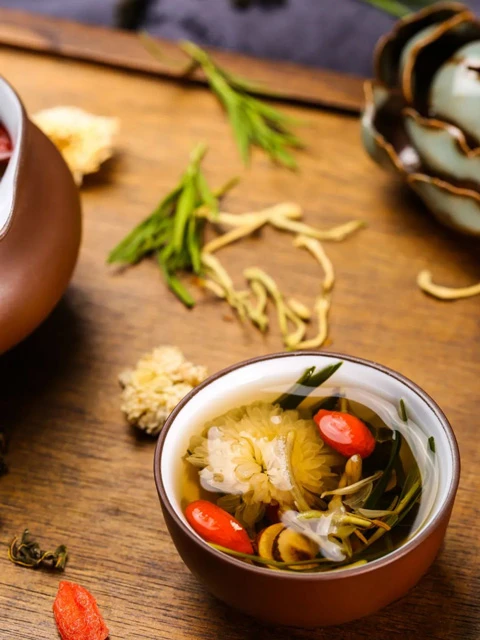
Chrysanthemum Tea
Once people learned about the medical benefits of tea, they were less concerned about the bitterness in its mouth. Due to its pungent aroma when brewed and the wonderful sweetness that comes back after the bitterness, tea eventually spread all over the country and became one of the most common beverages in China. As Lu Yu wrote in the "The Classic of Tea": "茶者,南方之嘉木也。" The meaning of this sentence is that tea is a wonderful tree in the south of China. This shows that tea has left an unforgettable memory on the tongue of the Chinese.
Since the Tang and Song dynasties, tea has become one of the "Seven necessities (开门七件事)" and essential to the lives of the people. Even for nomads located in the frontier of the northwest, in addition to tea nothing can relieve the fishy taste of meat and relieve the dryness of coarse grains, so they regarded tea as valuable as life and they could not bear a single day without tea. However, only to this factor to define tea, is not enough.
2 - Further Promotion of Tea
Tea is originally produced in the Bashu region and the Yunnan-Guizhou plateau. The earliest records of tea in ancient literature also come from the territory of Ba in eastern Sichuan. In the extensive Central Plains region, tea is not known.
Thus, it seems that even with the legend of Shennong as the basis, tea is just one of the many drinks. But since tea has proved its value, the monks and literati took over the relay of this tea promotion.
As early as the Western Han Dynasty, tea was already a popular drink in southwest China. By the Three Kingdoms and two Jin dynasties, due to the popularity of Buddhist and Taoist religious activities, tea spread further with the spread of religion by virtue of its own quiet and breezy temperament.
According to the "Book of Mount Lu (庐山志)" records, in the Eastern Han Dynasty, there were monks gathering in Mount Lu. They went into the mountains to pick up tea and transplanted some tea trees into the temple garden. Huiyuan, a famous monk, often drank tea while writing poems or discussing until midnight. There are a lot of stories like this. Tea planting also gradually spread in the vast southeastern region, so various regions also have related records.
荆州土地记:“武陵七县通出茶,最好。”又:“浮陵茶最好。”
"Land Records of Jing County": Wuling's seven counties are all capable of growing high-quality tea, with Fuling's tea being the best quality.《广州记》:“酉平县出皋卢,茗之别名,叶大而涩,南人以为饮。”
“Book of Guangzhou”: the tea leaves in Youping County were large and tasted bitter and people in south China loved to drink it.
However, the heyday of tea promotion was in the Tang Dynasty. Since the Kaiyuan era of the Tang Dynasty, tea became very popular. From the emperor to the common man, almost everyone in China was drinking tea.
However, the way of drinking tea at this time was still imitating the Six Dynasties period. Most people were just eating tea which was far from what we are familiar with. It was not until Lu Yu wrote the "The Classic of Tea", with detailed discussions on tea planting, tea picking, the selection of tea utensils, the cooking fire, water, and how to taste tea, that tea drinking was finally considered a very elegant way of life by the literati and bachelors.
With the literati and bachelors’ favor, tea was born with a cultural dissemination base. At that time, many poets, painters, calligraphers, musicians regarded tea as a part of their life. Meng Haoran used tea as a substitute for wine; Wei Yingwu used tea to show his ambition, saying that: "洁性不可污,为饮涤尘烦。" The meaning of this sentence is that his virtue was beautiful and could never be tainted by anything, so he needed to drink tea to wash away the dirt on the mind brought by the trivialities of life; Bai Juyi like share tea with the people who loved it; Even Li Bai, who loved alcohol like life, was impressed by tea: "根柯灑芳津,釆服润肌骨。" means that the rhizome of tea absorbed nutrients in beautiful waters and so it could moisten the skin and bones.
Literati and elegant people not only drank tea but also participated in the cultivation of famous tea, draw tea painting, and tea books and tea poems writing. They treated their friends to high-quality tea and set up tea rooms and tea banquets. In their writings, tea losing color in the water was for mingling, the light taste of tea was for innocence, tea releasing taste was for universal benefit, and disappearing in the water was for humility. If excessive drinking of alcohol is not beneficial to health, that drinking tea can not be found what is wrong. It has the deepest connotation because of its simplicity. A small plant, surprisingly, has such a unique temperament.
3 - Important Tribute & Trade Goods
The popularity of tea among the literati seems to have set the tone for the prevalence of tea. Since tea has become popular, the subsequent profits can not be underestimated. When the literati were intoxicated by the elegance of tea, the ministers of power have been secretly coveting the profits of tea.
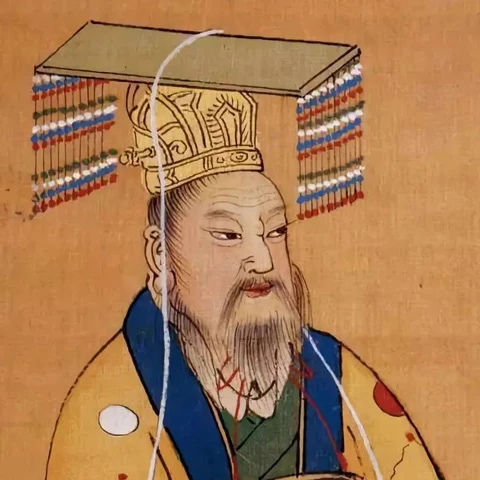
Emperor Wen of Sui
History books records: when Emperor Wen of Sui was not yet in power, he once had a dream at night that his skull was borrowed by an immortal, so he felt a headache. Later he met a monk told him that there is tea in the mountain, that can cure his disease. He did so and was cured. Whether this story is true or not, tea had gradually become the favor of the royalty as well as the nobility at that time. After the Sui and Tang dynasties, the custom of paying tribute to tea was passed down through the generations.
As the emperor's favorite and official promotion, some bachelors who were greedy for fame also began to tribute tea in order to please the officials. So more and more people tribute tea to the court. As a result, the living space of tea farmers was further compressed, After harvesting tea, they needed to pay taxes and take out part of the tea to pay tribute to the government.
In order to drink better tea, the Qing emperor designated eighteen tea trees as the emperor's special tea trees, and established a special landscape for the tea-producing areas and special roads for tea transportation out of the mountains.
After that, profit-seeking businessmen also unintentionally raised the price of tea again. Among them, not to mention the lucrative official merchants, according to historical records, many private tea vendors running small businesses were able to get rich and as capital accumulation, they became large tea merchants. And those who were private tea merchants with large capital also obtained a lot of profits.
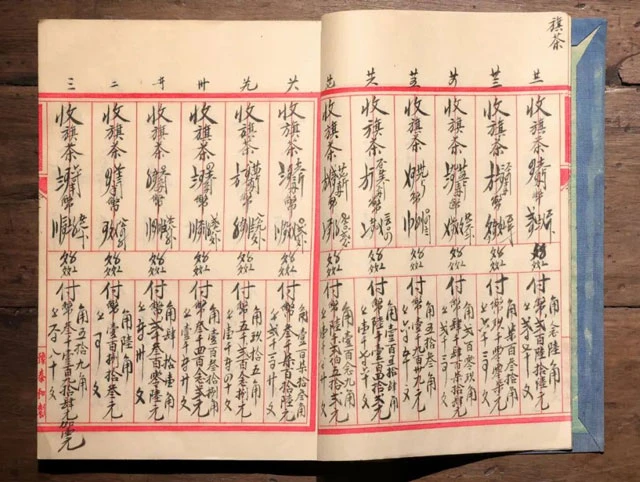
Tea trading ledger
Cities had also changed with the emergence of tea. Among them, the most prominent is Hangzhou. It is close to the origin of Longjing tea so there were hundreds of tea shop and tea houses. Coupled with the convenient transportation of the Jinghang Waterway, Hangzhou's tea trade developed rapidly.
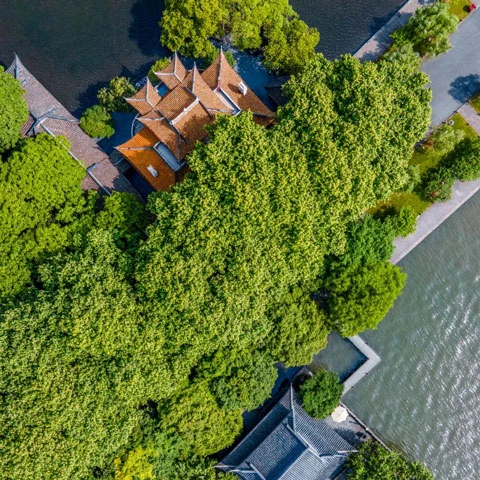
Teahouse in West Lake
And looking around the country, with the opening of Tea Horse Road, tea owned not only the vast market throughout the north and south of the transport trade, but also became an indispensable necessity for the people of ethnic minorities on the frontier. In the Song and Ming dynasties, tea becomes one of the important trade items.
4 - Ancient Tea Farmers' Difficulties
Tea merchants came along with tea farmers and tea leaves, but the original owners of tea seemed to be forgotten throughout history.
When the wind of drinking tea prevailed throughout history, the huge profits made the government not willing to stand by. Tea tax began in the Tang Dynasty. The tea-producing states and counties needed to pay 10% of their profits as taxation. Later, the ruling regime of the Tang Dynasty also felt inadequate, and the implementation of the "tea measures" law ordered all private tea farmers to donate themselves to the government with all private tea trees merged into the management of the government.
But the franchise approach did not work, later, the government had to admit private management of tea mountains, but from which heavy taxes were extracted, expressly prohibit extra planting, and strictly prohibit selling or owning tea, and the offenders were severely punished. Not just in the Tang Dynasty, although the Song Dynasty allowed private tea trees and operating tea, but extract tea tax as usual, and apply disguised usury to further profit-sharing.
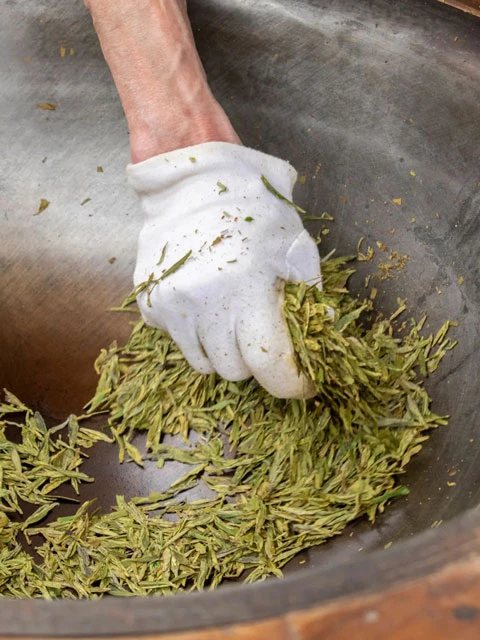
manual processing
Under the layers of official oppression, tea farmers tortured by the harsh exploitation and oppression caused a lot of peasant rebellion, such as the 1171 tea farmers' revolt in the Hubei and Hunan region; and the Red Turban Rising in Yuan Dynasty in 1318.
It was not until the Ming and Qing dynasties that the development of tea took a subtle turn for the better. But the good times did not last long, as the oppression of the government and tea merchants, as well as the opium war caused by the trade difference of tea, still made the production of tea decline sharply, and it was not until the founding of the People's Republic of China that it recovered.
5 - The History of Chinese Tea Continues
In Chinese culture, tea has always been a symbol of pure elegance and calm. However, during the historical turmoil for almost a thousand years, there were literati looking for good reputations and noble people looking for treasure in wave after wave of conflict of interest. Tea will always be remembered by history for a variety of reasons. The war of tea is accompanied by the history of people. And the history of tea also wrapped up the heritage of civilization.
But, even so, tea is still tea. It is not as strong as wine, nor is it as complex as the piano, chess, calligraphy, or painting. It is born by the first spring breeze every year, with spring and fresh, it is gently taken off by the tea farmers from the natural interception. Leaving a fragrant as orchids, lip-smacking good tea is waiting for tea drinkers to taste.
Reference: ArtMoment Studio; Intangible Cultural Heritage
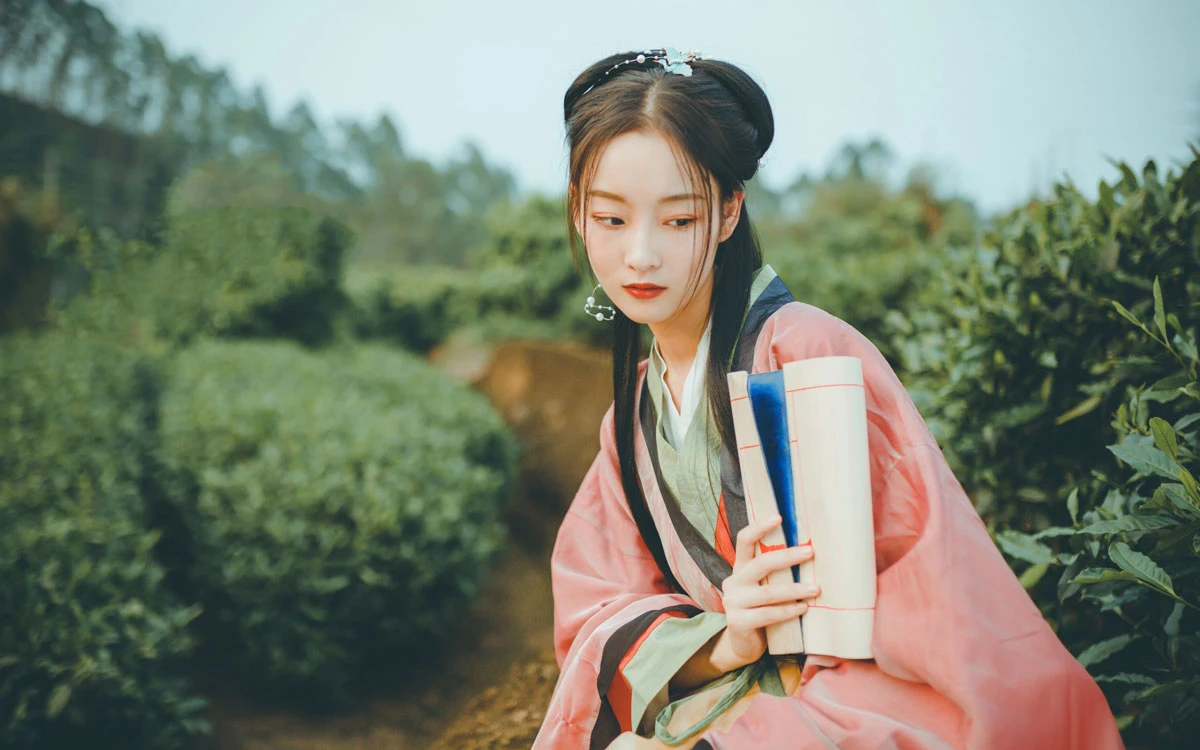
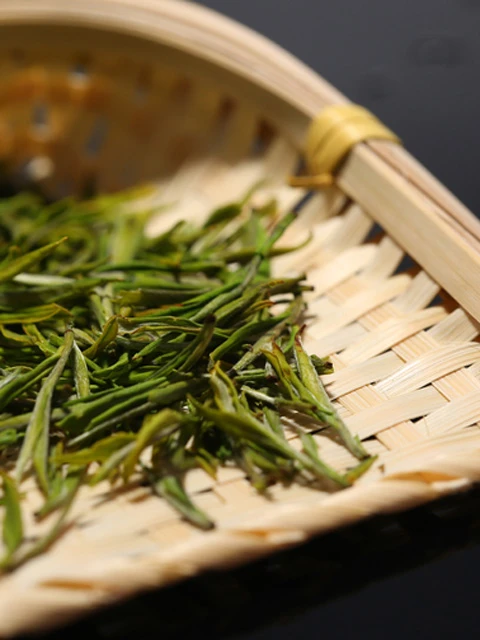
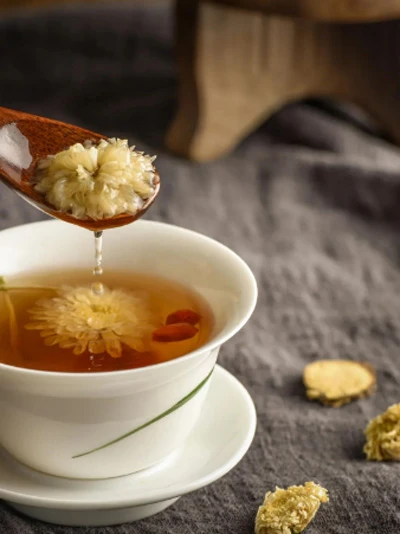
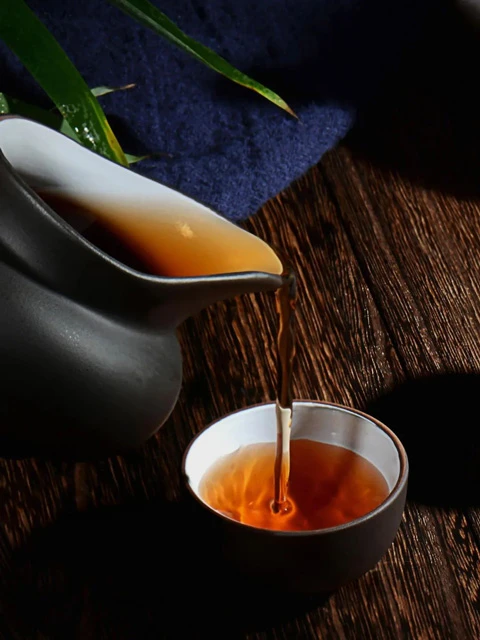
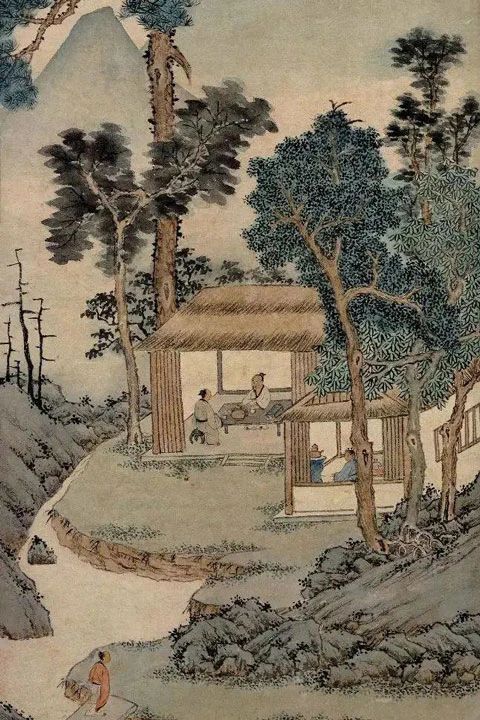
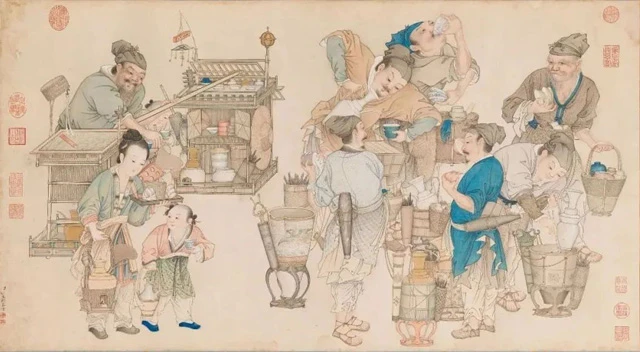
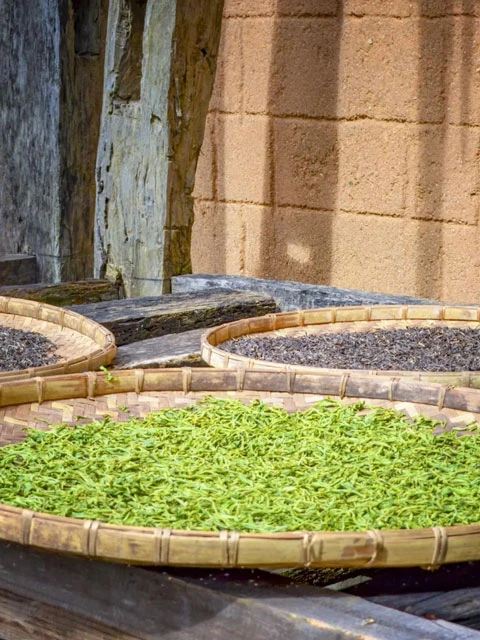
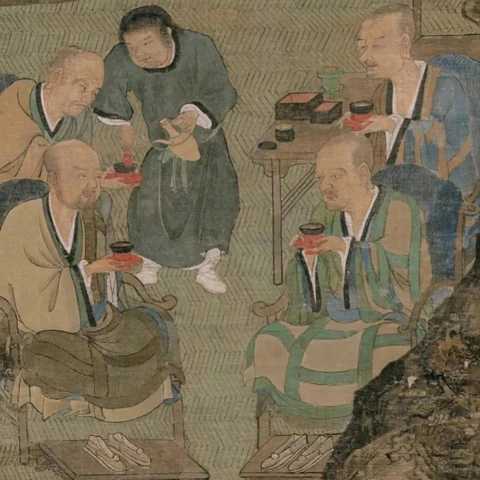
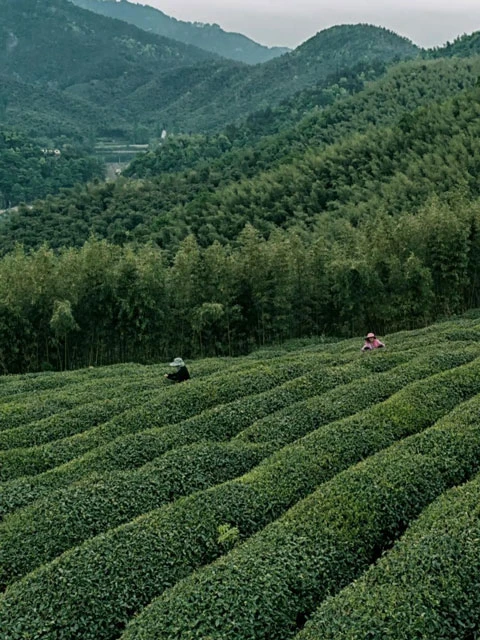
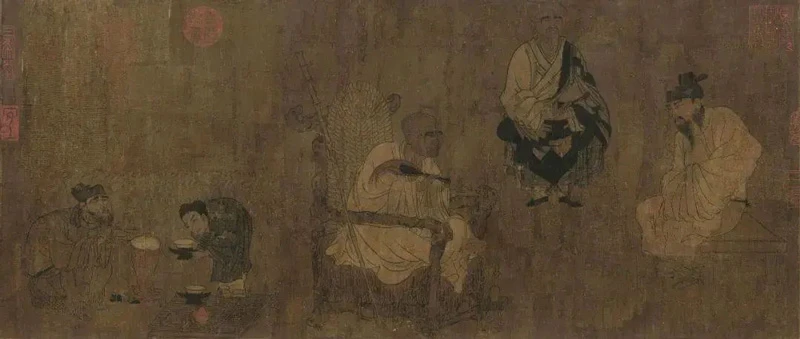
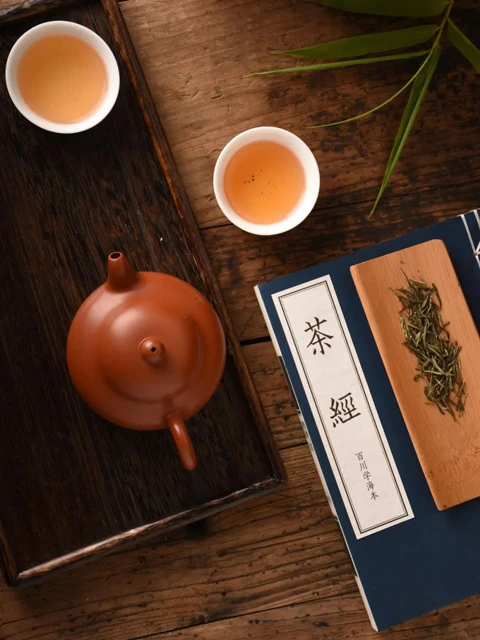
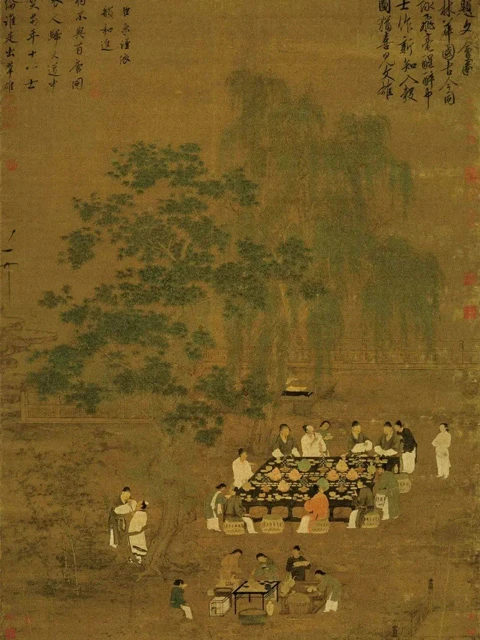
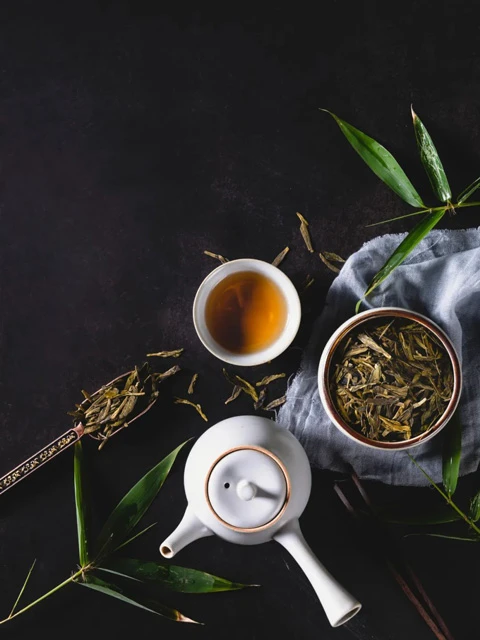
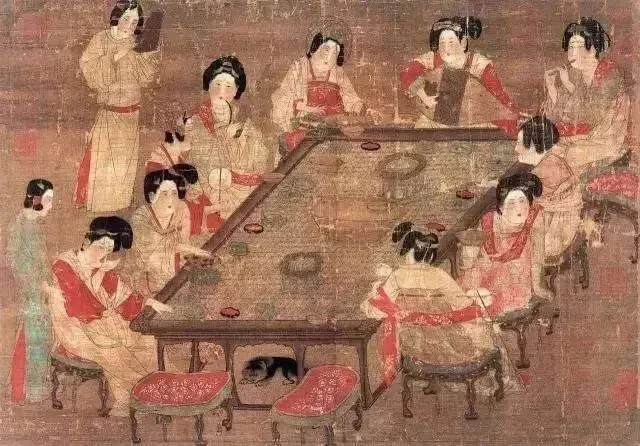
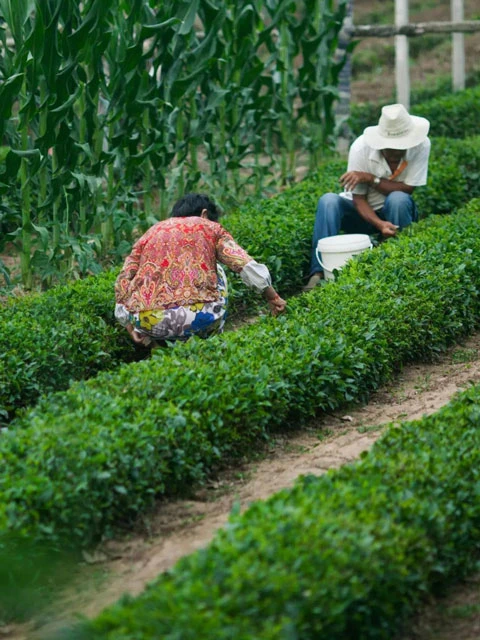
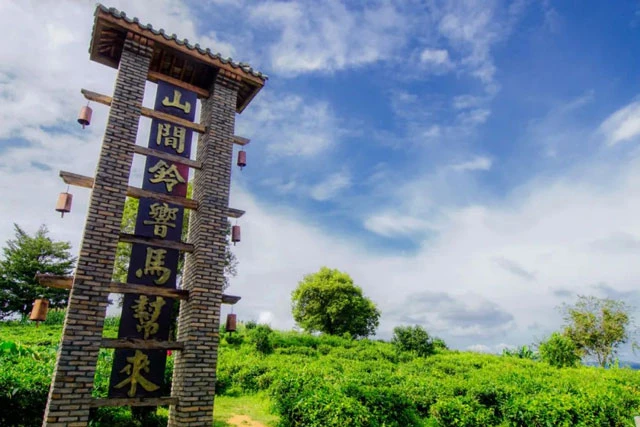
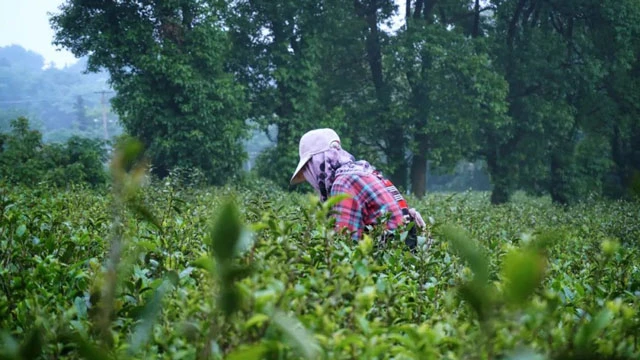
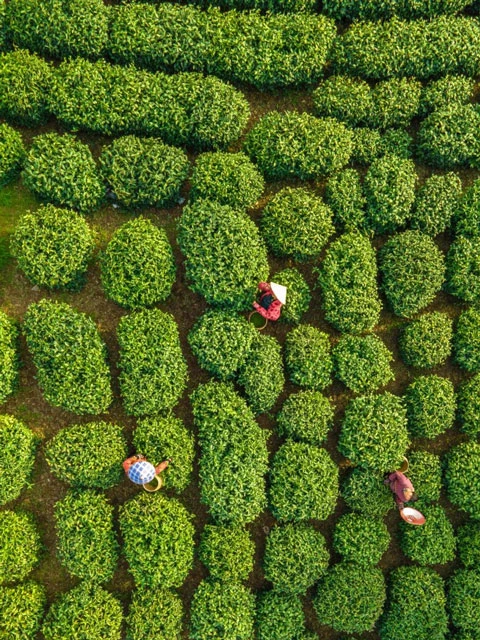
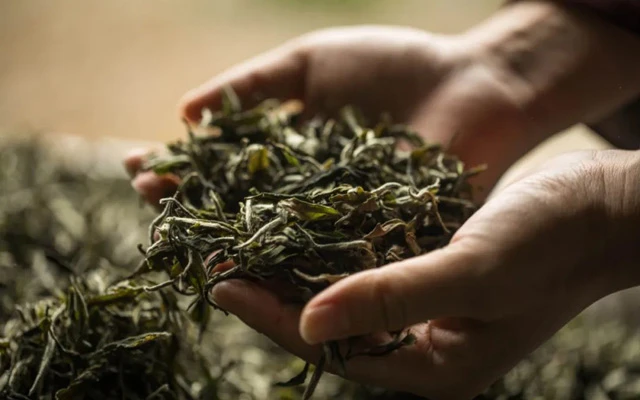
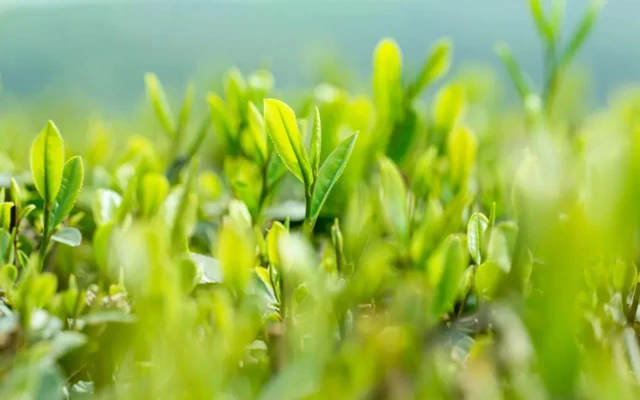


Ada berbagai macam teh aku ingin meminumnya
Teh nya sangat unik
thats cool!
😍😍😍